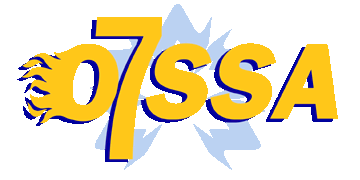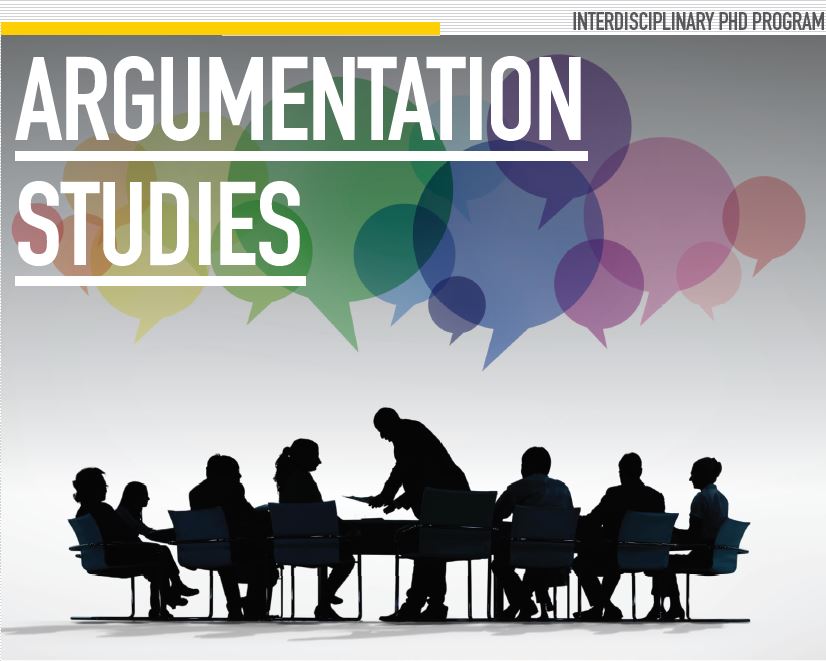
Location
University of Windsor
Document Type
Paper
Start Date
6-6-2007 9:00 AM
End Date
9-6-2007 5:00 PM
Abstract
Although dissensus is a natural component of argumentation and testimony, there are limits as to what can be considered acceptable contrarian or arguments. In science, dissenting arguments are limited by the extent of their fidelity to known facts and theories. Dissensus is therefore limited by how consistent a new theory or hypothesis is with an established body of knowledge, as well as other criteria any good theory must meet. In the case of the so-called “intelligent design” controversy, the supposed “dissensus” is really an attempt at imposing inappropriate forms of argument. Using this case study as an example, questions on what are the limits of dissensus will be raised and examined.
Creative Commons License

This work is licensed under a Creative Commons Attribution 4.0 International License.
Response to Submission
Kenneth Olson, Commentary on Kidd
Reader's Reactions
Kenneth Olson, Commentary on Kidd (June 2007)
Included in
The Limits of Dissensus: The Case of “Intelligent Design”
University of Windsor
Although dissensus is a natural component of argumentation and testimony, there are limits as to what can be considered acceptable contrarian or arguments. In science, dissenting arguments are limited by the extent of their fidelity to known facts and theories. Dissensus is therefore limited by how consistent a new theory or hypothesis is with an established body of knowledge, as well as other criteria any good theory must meet. In the case of the so-called “intelligent design” controversy, the supposed “dissensus” is really an attempt at imposing inappropriate forms of argument. Using this case study as an example, questions on what are the limits of dissensus will be raised and examined.
